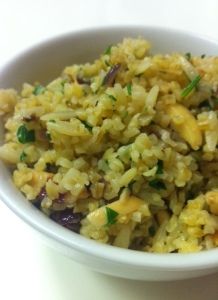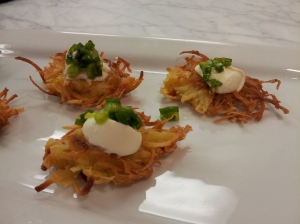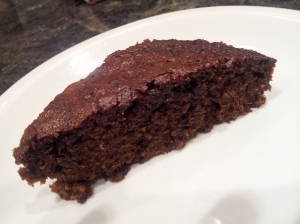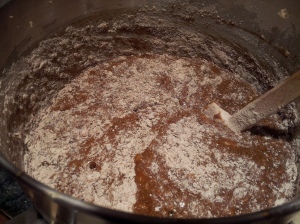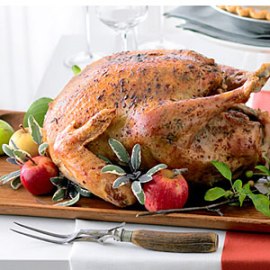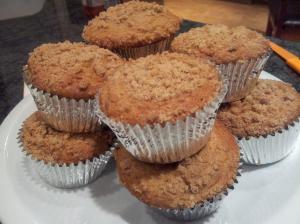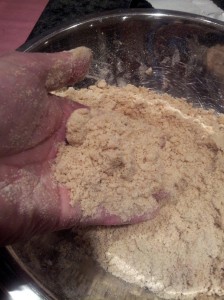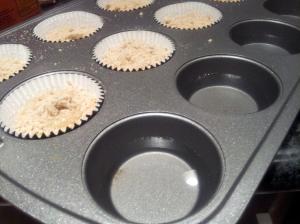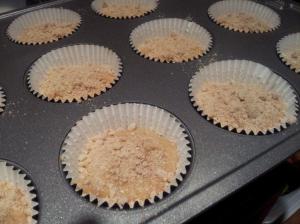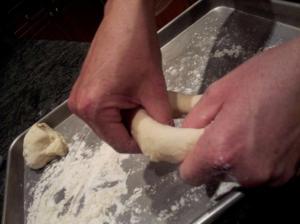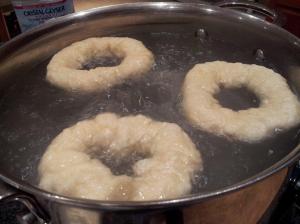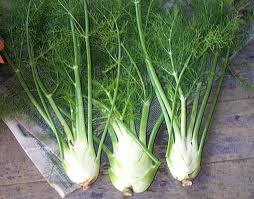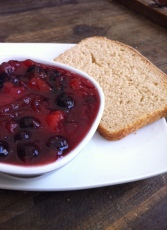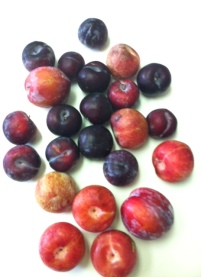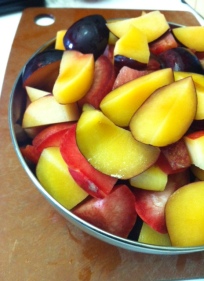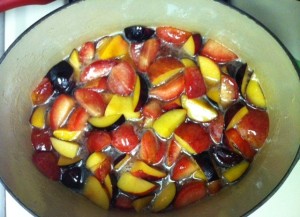
Thanksgiving is less than 48 hours away and it’s time to make your final lists, fight the lines at the grocery stores one more time and start cooking. We’ve already talked about how to handle the bird and the gravy — the two main attractions on most holiday tables. Now it’s time to discuss the dressing…or is it stuffing?? More on that later. While many of you have a “mom’s-classic-version” of dressing that shows up every year in your feast but maybe you’re looking for a way to mix things up this year. My suggestion: make mom’s classic AND a new version — you can never have too much dressing on the table. Here’s a hit-list of things you need to know to make amazing dressing:
1. It’s “stuffing” if it’s baked inside the bird and “dressing” if it’s baked in a casserole dish. We are not a fan of stuffing — yes, it benefits from the turkey flavor BUT in order for it to cook to a safe temperature (where all that raw turkey juice is cooked properly), there’s a good chance you’ve over-cooked your turkey breasts and that’s just sad. So stuff the turkey with aromatics (apples, onions, sage) and stuff the “dressing”in a casserole dish. If you really want to boost the dressing with turkey flavor, make your own turkey stock and use it in the stuffing.
1a. A side note: to make turkey stock, combine 2 turkey legs (buy them at the butcher counter in your store), 1 onion, 2 carrots, 2 celery stalks, 2 bay leaves and a tbl of peppercorns in your largest pot. Fill with cold water. Bring to a boil and immediately reduce heat to simmer. Simmer for 3-4 hours. Let cool. Strain and discard solids. Use the stock for your dressing, gravy and/or freeze it for later.
2. First, choose the bread. For a basic stuffing, a good white loaf is fine. But try using brioche for some sweetness or a good whole grain for some nuttiness. Whatever you choose, DON’T toast the bread!!! Just cut it into large (1-inch at least) squares and leave it in a bowl on your counter overnight to dry out. You want stale bread but NOT toasted bread. It seems counter-intuitive, but the drier your bread is, the mushier the dressing will be in the end. The goal is soft dressing but not a mushy mess.
3. Use any mix of aromatics: onions, leeks, carrots, fennel, celery, celery root, parnips. Sautee these in plenty of butter and you’ve got a great flavor base.
4. Use a little meat. I like a little bacon or pancetta sauteed up with the aromatics. A good sausage is always nice, too…..
5. Use poultry seasoning. No it’s not the same thing as the “flavor pack” in a Stovetop box. It’s a just-right mix of dried herbs and it’s essential for that “thanksgiving” flavor.
6. When in doubt, finish with browned butter. A rule we can live by for so many dishes! Once you’ve got your dressing mixed together and tucked in the casserole dish, drizzle with some browned butter and it will take the dish over the top! In the recipe below, we brown butter, toss in some sage leaves and then use them both to top the dressing — pretty and delicious!!
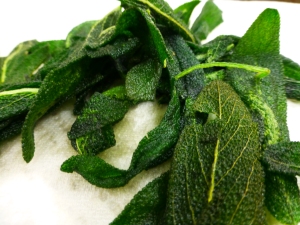
Here’s our favorite dressing recipe this year — a little sweet, a little nutty and really moist. Whatever version you make this year, enjoy!!
Brioche Dressing with Caramelized Fennel, Fuji Apples & Pancetta
Serves 8-10 people
olive oil
8-10 fresh sage leaves
1/2 cup diced pancetta
4 tablespoons unsalted butter
2 cups thinly sliced fennel
2 Fuji apples, diced small, skin-on
1 cup diced white onion
salt and pepper
12 cups brioche, cut into 1-inch cubes, left on the counter overnight to dry out
2 tablespoons poultry seasoning
2-3 cups chicken stock
2 tablespoons cold unsalted butter
Preparation
Butter a 9×11-inch casserole or baking dish.
Heat a large skillet over medium-high heat. Add olive oil to coat the bottom of the pan. When hot, add the sage leaves and cook until they begin to shrivel and become crisp. Using a slotted spoon, remove the leaves and set aside.
Add the pancetta to the same pan and cook until golden and crisp.
Add the 4 tablespoons of butter; when melted add the fennel, apples and onions. Cook for about 5 minutes or until the onions and fennel are tender. Season well with salt and pepper to taste.
Preheat the oven to 375 degrees.
In a large bowl, combine the brioche cubes and the cooked vegetables (be sure to scrape the pan and add all the flavored butter and oil from the bottom). Sprinkle in the poultry seasoning and toss to combine evenly. Add 1 cup of stock and toss to combine. Add more of the remaining stock until the mixture is moist but not soggy.
Spoon the mixture into the prepared baking dish, topping with the crispy sage leaves and dot with the 2 tablespoons of butter.
Cover with foil and bake for about 20 minutes – remove foil and cook for another 10-15 minutes or until golden.

